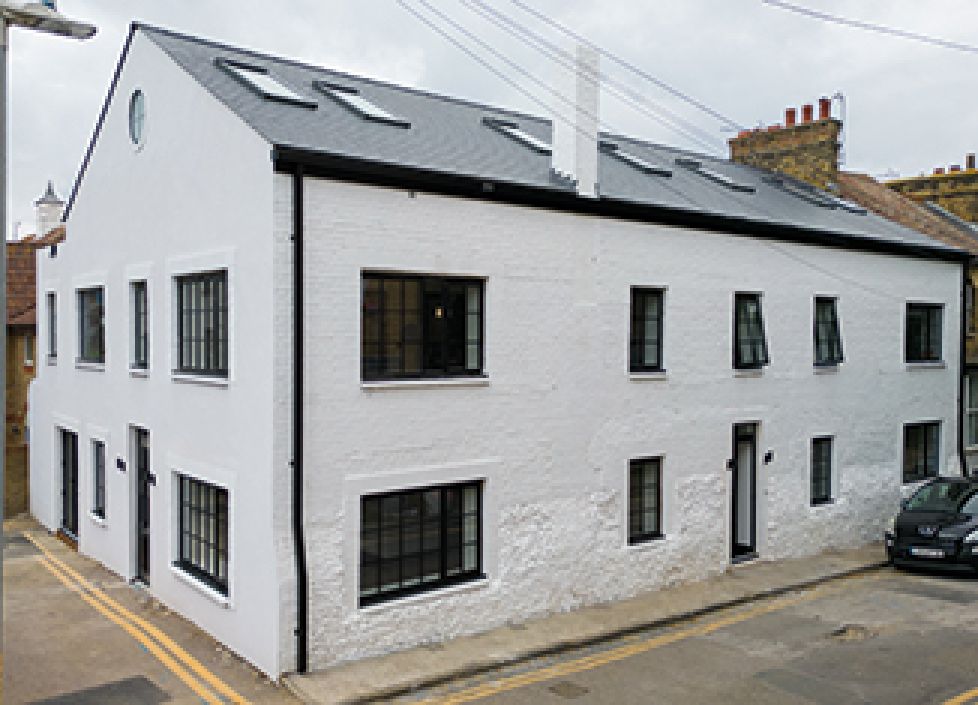The purpose built student accommodation (PBSA) sector has always been around but 15-20 years ago it was almost entirely buildings owned by universities. The private sector has embraced student accommodation in recent years and there are now more students staying in privately owned student rooms than in university halls of residence.
But there are several obstacles ahead for these institutional investors. A recent report on PBSA by EY (owned by Ernst & Young) called ‘Testing times ahead?’, claimed that the threats to the sector were four-fold, and while ‘each can be managed individually, the cumulative impact may have a significant effect on the university sector and, through this, PBSA.’
In this article we will look at some of these threats in more detail and get the thoughts of James Pullman, head of }student property at Knight Frank, on whether there is concern in the industry about these challenges.
Changing demographics
The most obvious threat has actually been occurring for some time and that is the continuing fall in the number of 18-year-olds that leave school in the UK each year. The number has been falling since 2010 and will continue to fall until 2020, when there will be almost 200,000 less that year. The worst is by no means over either as we still have another 73,000 to fall between the number of 18-year-olds in summer 2016 (those currently completing their first year at university) and those that will be 18 in summer 2020, a drop of another 12%.
As UK 18 and 19 year olds account for 70% of first year university entrants, this is a relevant drop in possible students. On top
of that, rising tuition fees (and rising accommodation costs) is not helping demand. However, UCAS figures do show that the percentage of 18-year-olds in England that apply to go to university has been steadily rising, up from 33.8% in 2013 to 37.5% this year.



















